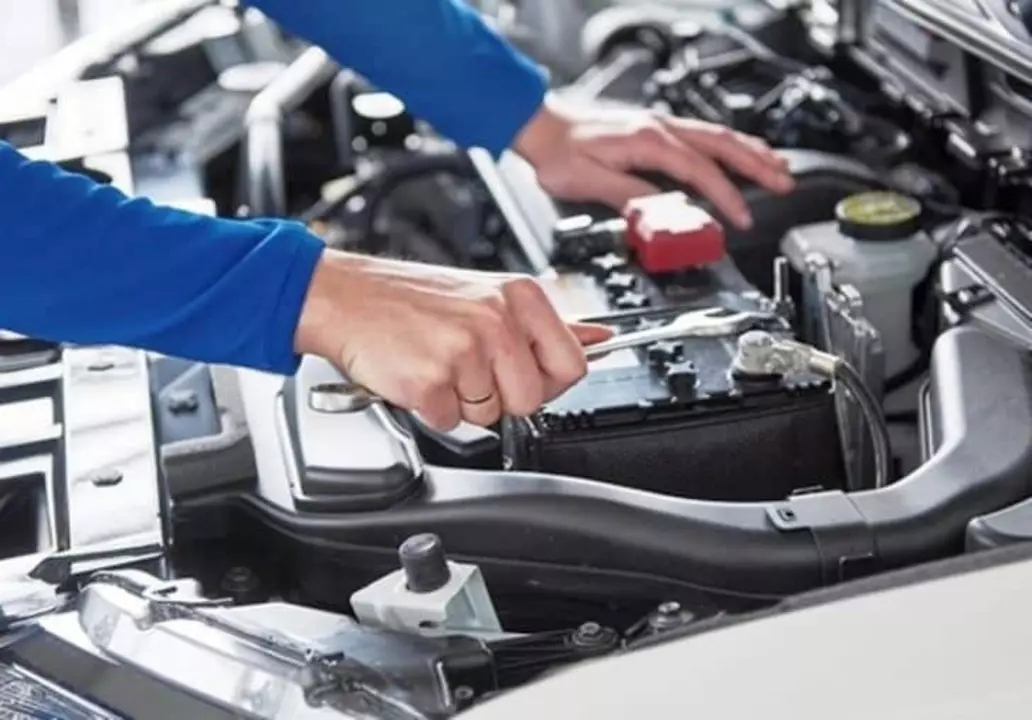Automotive Maintenance and Repair: Quick Tips for Your Ford
Owning a Ford feels great until something weird shows up under the hood. Instead of panicking, you can tackle many issues yourself or know exactly what to ask a mechanic. This page gives you straight‑forward advice on everyday maintenance, plus a look at why some repairs—like those on German cars—can cost a lot more.
Common Maintenance Tasks
First off, check your fluid levels every month. Engine oil, coolant, brake fluid, and transmission fluid are easy to spot and cheap to top off. If the dipstick looks low, add the right type of fluid—your owner’s manual has the details. This simple habit can prevent expensive engine wear.
Next, pay attention to your tires. Keep them inflated to the recommended pressure; under‑inflated tires wear faster and lower fuel economy. Rotate the tires every 5,000‑7,000 miles to ensure even wear. If you hear a humming noise, it might be a mis‑aligned wheel—getting it aligned early saves you from a suspension repair later.
Finally, don’t ignore the air filter. A clogged filter makes the engine work harder, which burns more fuel. Replace it every 12,000‑15,000 miles, or sooner if you drive on dusty roads. It’s a quick job that only takes a few minutes and a few dollars.
Understanding Repair Costs
Ever wondered why German vehicles are pricey to fix in the US? The main reasons are the cost of imported parts, specialized tools, and the expertise needed for precision engineering. Those same factors can apply to any high‑tech car, including newer Ford models that use advanced electronics.
Labor rates also play a big role. A skilled technician who can diagnose a complex computer‑controlled system will charge more than a basic oil‑change shop. That’s why it helps to ask for a detailed estimate before work begins and to get a second opinion if the price feels steep.
One trick to keep costs down is to stay on top of regular maintenance. When you replace brake pads, timing belts, and spark plugs on schedule, you avoid surprise failures that require major disassembly. Also, consider sourcing OEM parts directly from Ford’s parts portal—sometimes they’re cheaper than a dealer’s markup.
At Ford Rapid Assistance, we’re here 24/7 to answer questions, guide you through troubleshooting, and help you find the right parts. Whether you’re dealing with a simple battery swap or a more complex electronic glitch, a quick call can save you time and money.
So next time your car throws a warning light, don’t rush to the shop blindfolded. Check the basics first, note the symptoms, and reach out for expert advice. With the right knowledge, automotive maintenance and repair become less of a chore and more of a confidence‑boosting routine.
